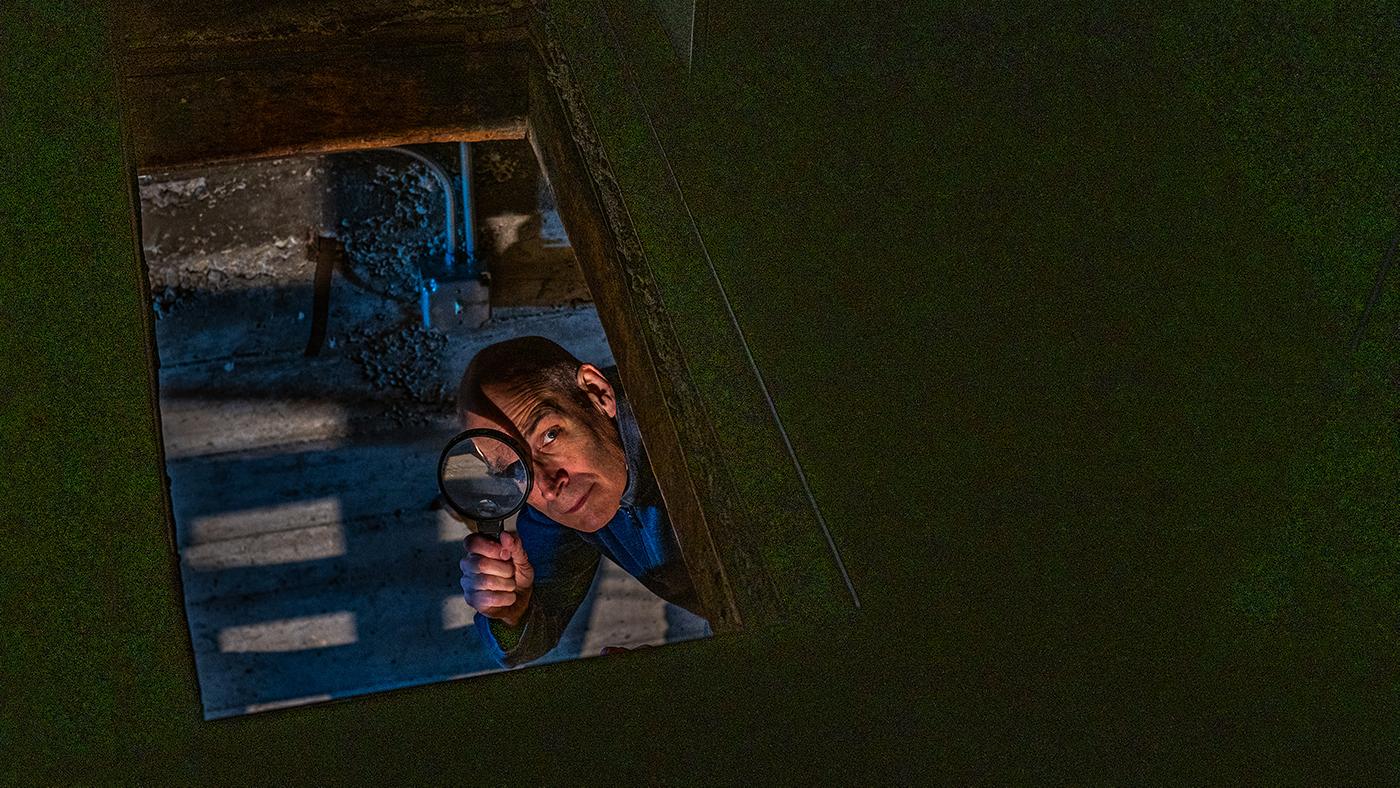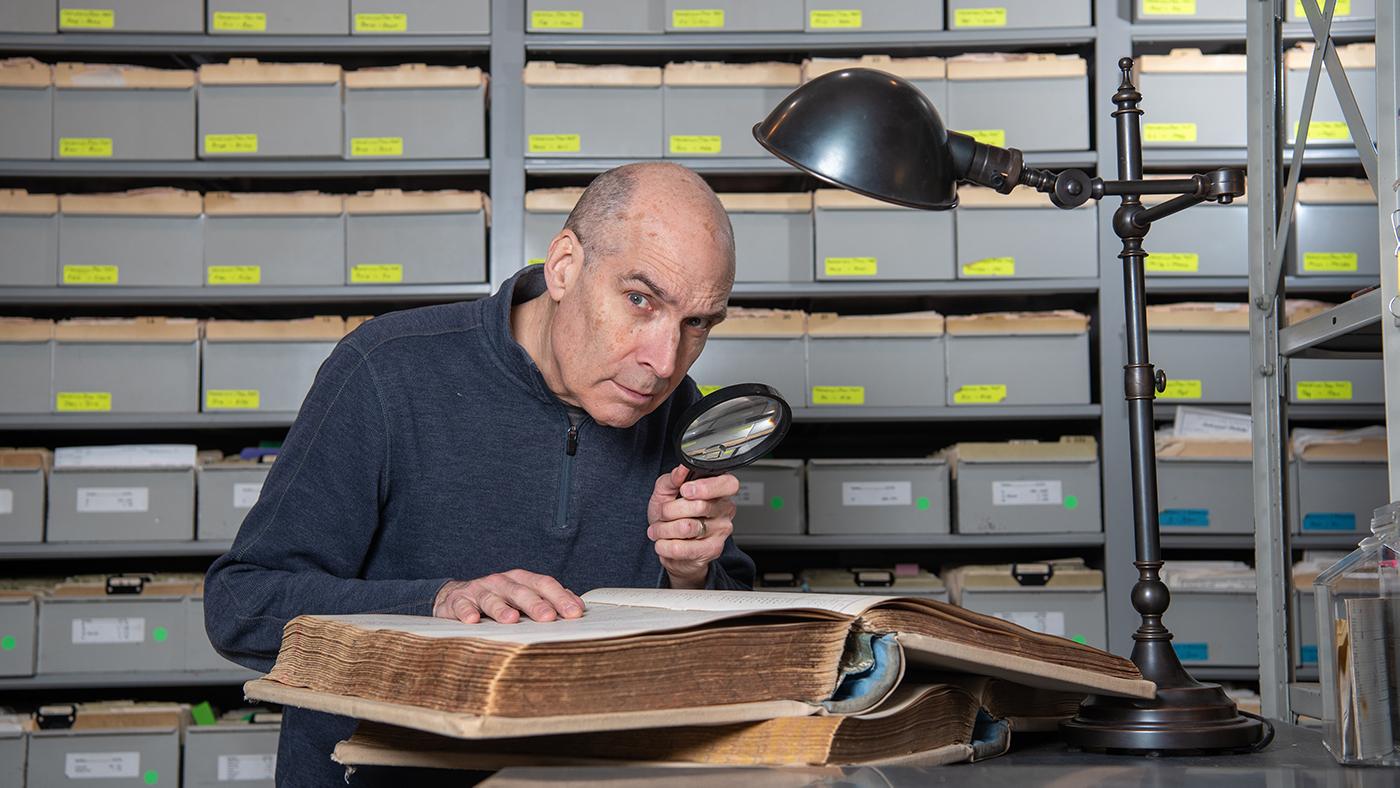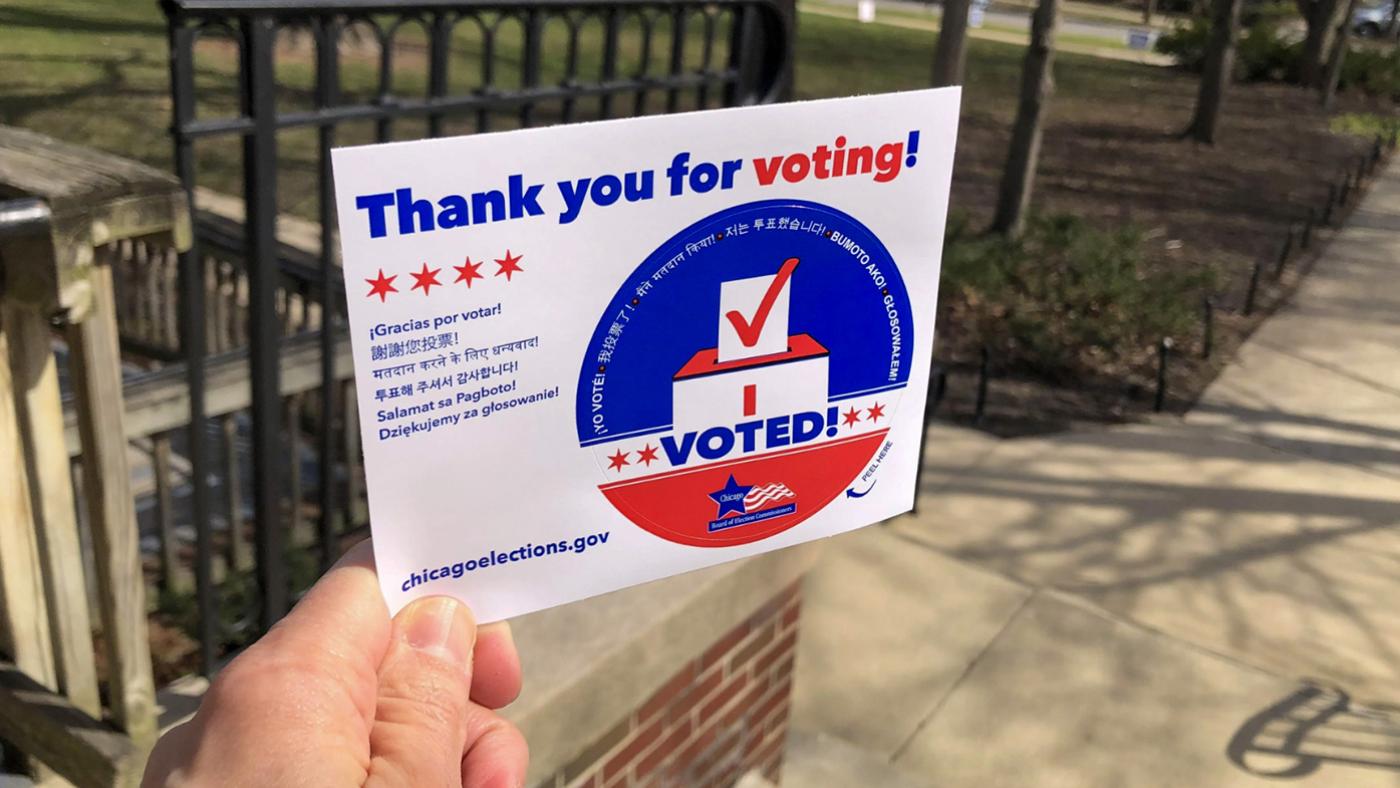The Bold Architecture of Chicago's Black Churches
Daniel Hautzinger
February 1, 2021
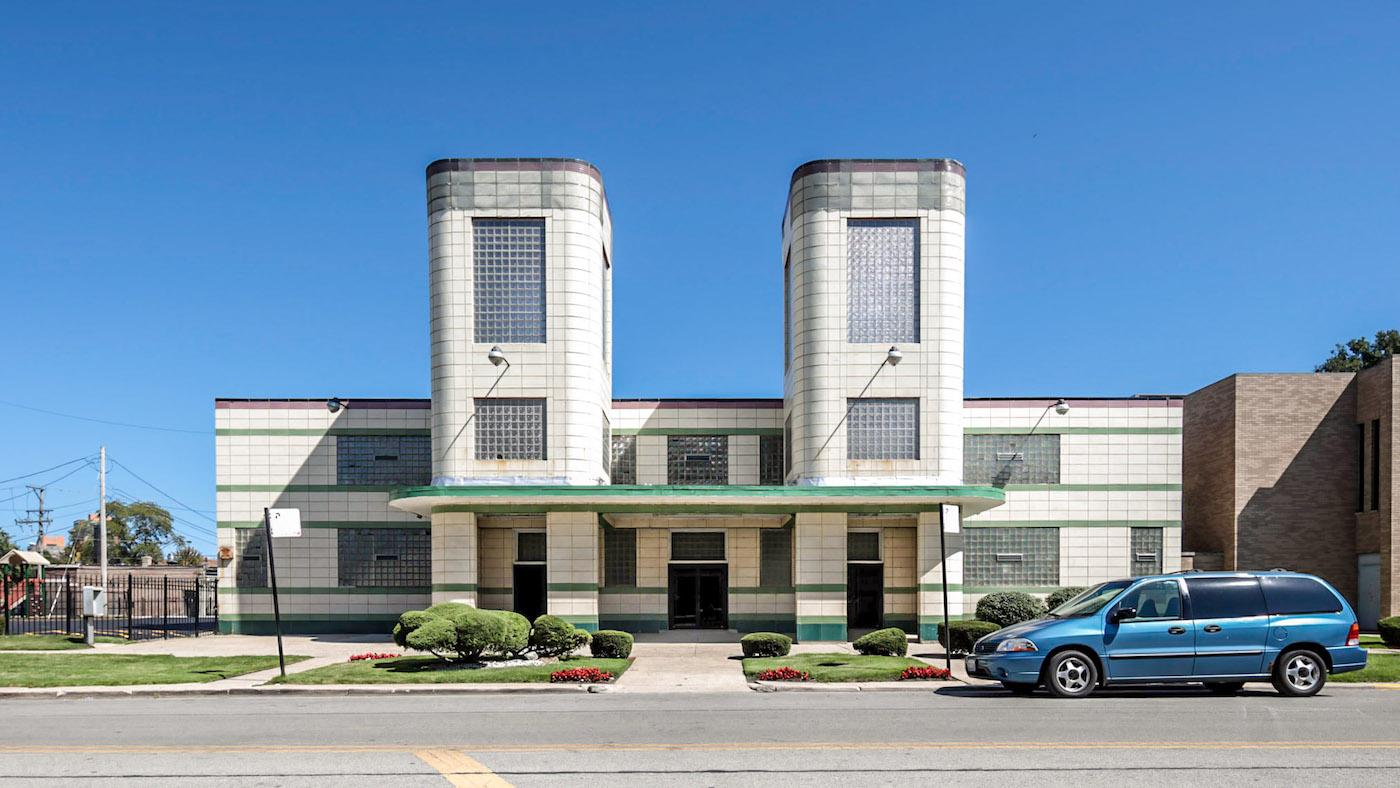
The Black Church: This Is Our Story, This Is Our Song airs Tuesday February 16 and Wednesday, February 17 at 9:00 pm, and will be available to stream. Find out more about Chicago's Black churches at wttw.com/blackchurch.
Most people probably imagine a particular archetype when they think of a church: an imposing stone edifice or white clapboard building, a towering steeple, stained glass. But what about an old hat factory with glass block windows?
That’s First Church of Deliverance in Bronzeville. Converted into a church in 1939 by Walter Thomas Bailey, Illinois’s first licensed African American architect, and the Black structural engineer Charles Sumner Duke, the building is clad in cream-colored terra cotta with horizontal red and green accents. Bailey and Duke doubled the width of the factory and added a second floor while remaking the interior into a stylish sanctuary, with a cross on the ceiling illuminated by colored lights and Art Deco touches. Two Art Moderne towers that flank the entrance were added in 1946 by the firm Kocher Buss & DeKlerk. Not for nothing does Open House Chicago call it “undoubtedly one of the most unique [churches] in Chicago.”
“This was a happening place,” says Lee Bey of First Church when it was built, pointing to its unusual-for-the-time radio ministry and pioneering use of the electric Hammond B-3 organ in its music. “And the architecture reflects that. It’s very much a church of the now.” Bey is a photographer and writer whose book Southern Exposure: The Overlooked Architecture of Chicago’s South Side includes First Church of Deliverance.
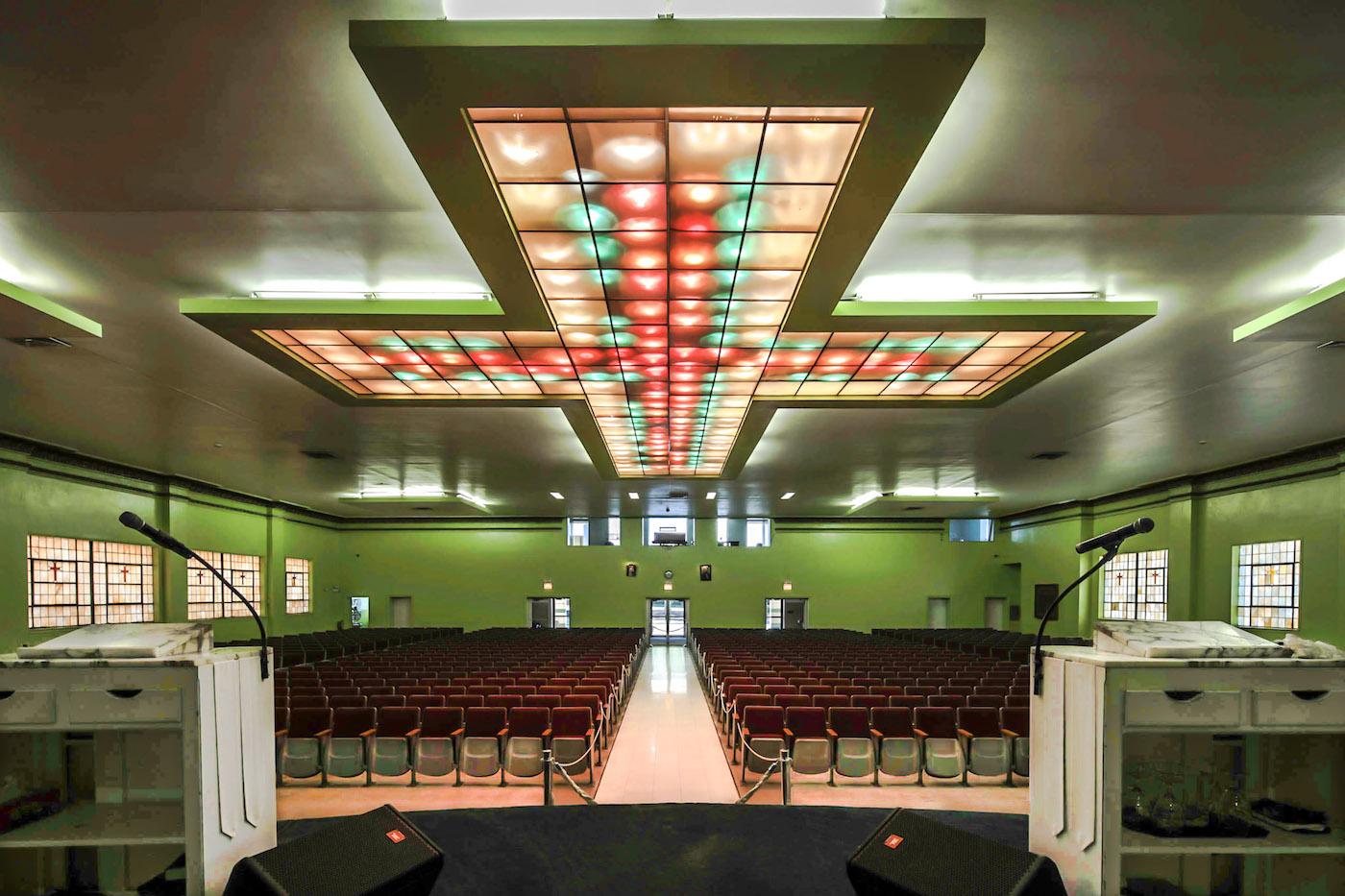 First Church of Deliverance features a colorful cross over the center aisle and Art Deco touches. Photo: Lee Bey
First Church of Deliverance features a colorful cross over the center aisle and Art Deco touches. Photo: Lee Bey
Bey believes that part of the reason First Church is so vibrantly modern is because it was built by and for African Americans, who looked toward a brighter, more equitable future. “I think there’s a conscious push to embrace the new,” he says. “Many architectural styles that are neoclassical come with this baggage. That modernist architecture affords the idea of the new, of the future, of throwing off the chains of the past.”
African Americans arriving in Chicago from the South during the twentieth century’s Great Migration didn’t often have the luxury of constructing their own churches, given the speed with which they settled in neighborhoods on the South Side and the time and expense of building a new church. Instead, they often moved into existing churches or synagogues as those spaces’ white inhabitants left for other neighborhoods or the suburbs.
Ebenezer Baptist Church and Pilgrim Baptist Church in Bronzeville were both synagogues designed by Dankmar Adler before they housed Black congregations and became integral in the development of gospel music. (Bey says gospel music informed the design of Black churches like First Church of Deliverance in that they have large choir lofts, room for the choir to progress through the aisles, and “a little elbow room. You can’t hear that music and be standing still.”)
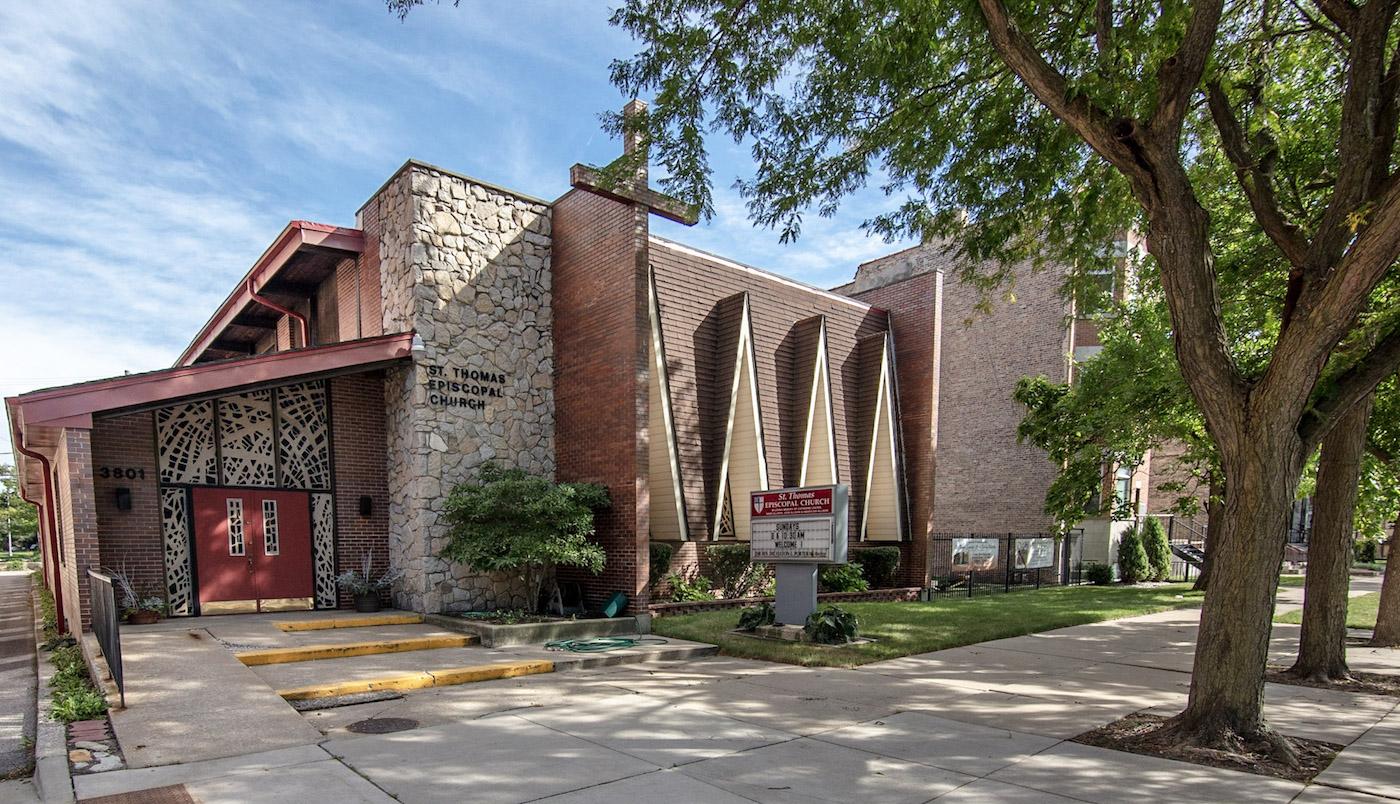 Bey admiringly calls St. Thomas Episcopal Church in Bronzeville "architecturally funky." Photo: Lee Bey
Bey admiringly calls St. Thomas Episcopal Church in Bronzeville "architecturally funky." Photo: Lee Bey
Corpus Christi Roman Catholic Church in Bronzeville served an Irish American community before it housed a Black congregation. Diagonally across Martin Luther King Drive from it, however, stands an entirely different place of worship. Liberty Baptist Church, designed by William Alderman and completed in 1956, is a vivid contrast to the heavy mass of Corpus Christi: curved instead of square, low-slung instead of reaching skyward, unadorned by traditional ornament, colorful, modern.
“A church can mark a community’s place,” Bey says, “and I think that’s important, particularly in the case of Black churches, because so many Black churches are inherited. I think there’s a bit of extra pride for the churches that we build ourselves, like First Church of Deliverance or Liberty Baptist. It’s a way to mark your presence in this new city, as well as bring a bit of your worship style, your craftsmanship, yourself into it.”
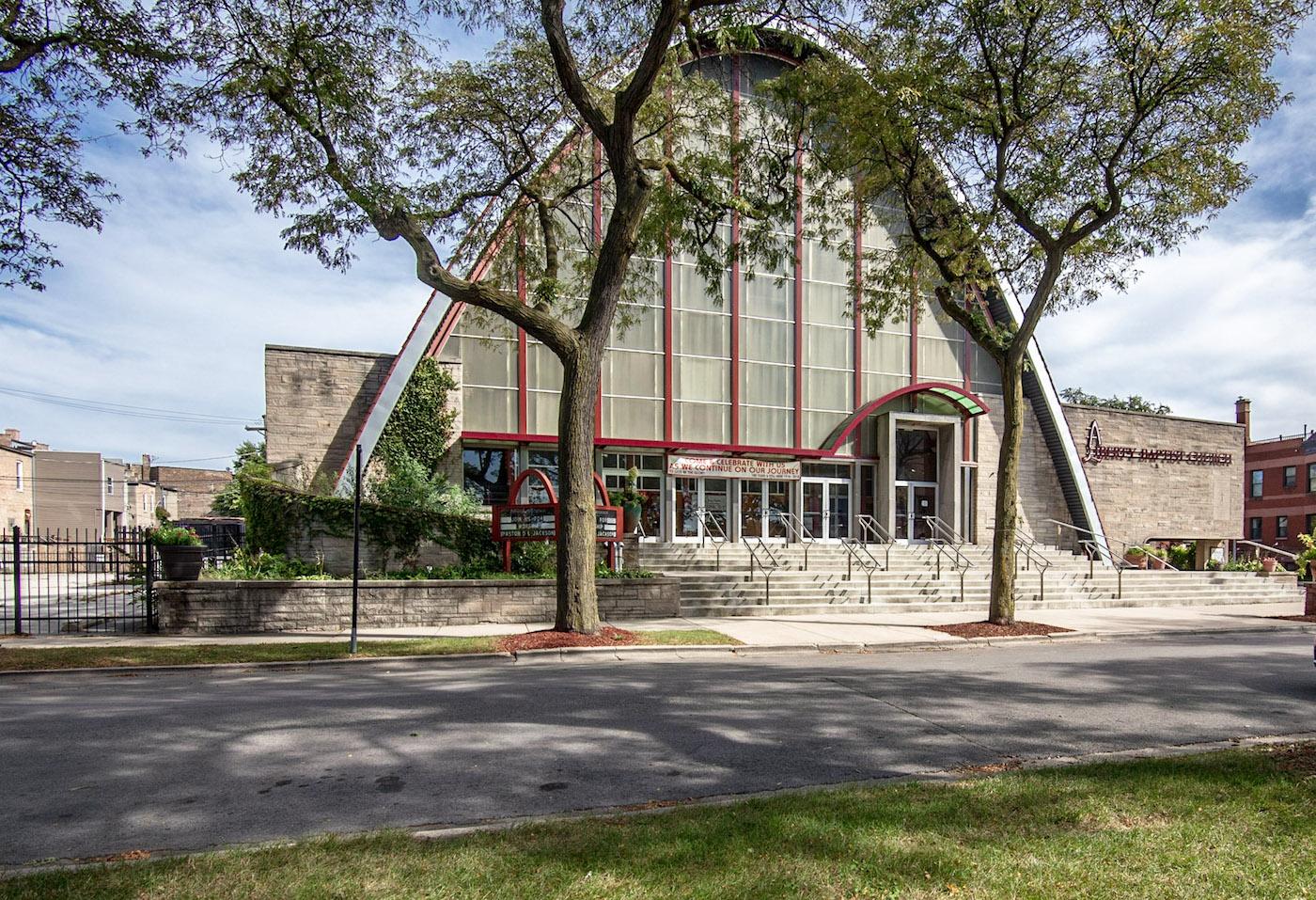 "A church can mark a community's place," says Bey of edifices like Liberty Baptist Church in Bronzeville. Photo: Lee Bey
"A church can mark a community's place," says Bey of edifices like Liberty Baptist Church in Bronzeville. Photo: Lee Bey
Although it was built after African Americans had been settled in its neighborhood of Englewood for decades, St. Benedict the African Roman Catholic Church is a striking example of a community reflecting itself in the design of their church. While it is modernist like First Church and Liberty Baptist, it’s late modernism—it was completed in 1989 by Belli & Belli—and it reaches back into the past for its most extraordinary features. Unlike many Western churches, however, the past it draws from isn’t European—it’s African.
“That is an incredible building,” says Bey. “You have a building that takes a modern, contemporary form but with building materials and form as well that speak to West African traditions.” The church, a consolidation of eight predominantly Black parishes, is named for a 16th century Franciscan friar born to enslaved Africans in Sicily. Its circular nave and arched wooden ceiling are inspired by traditional West African huts. The church is filled with hand-carved wooden furniture and sculpture, stained glass depicting Black people—a rarity in churches, given how many were originally built for white congregations—and a wide stone baptismal pool into which one can wade.
Even though Belli & Belli was a white firm—Bey describes them as “sort of like the house architects for the Catholic archdiocese during the midcentury and just after”—they fully adapted their design to the Black congregation. “Rather than just putting an applique of West Africa on it, they really tried to figure out, ‘What’s the essence of this kind of architecture, how can we convert it to a Western religious form.’ It’s a darn good piece of architecture. More people should see it.”
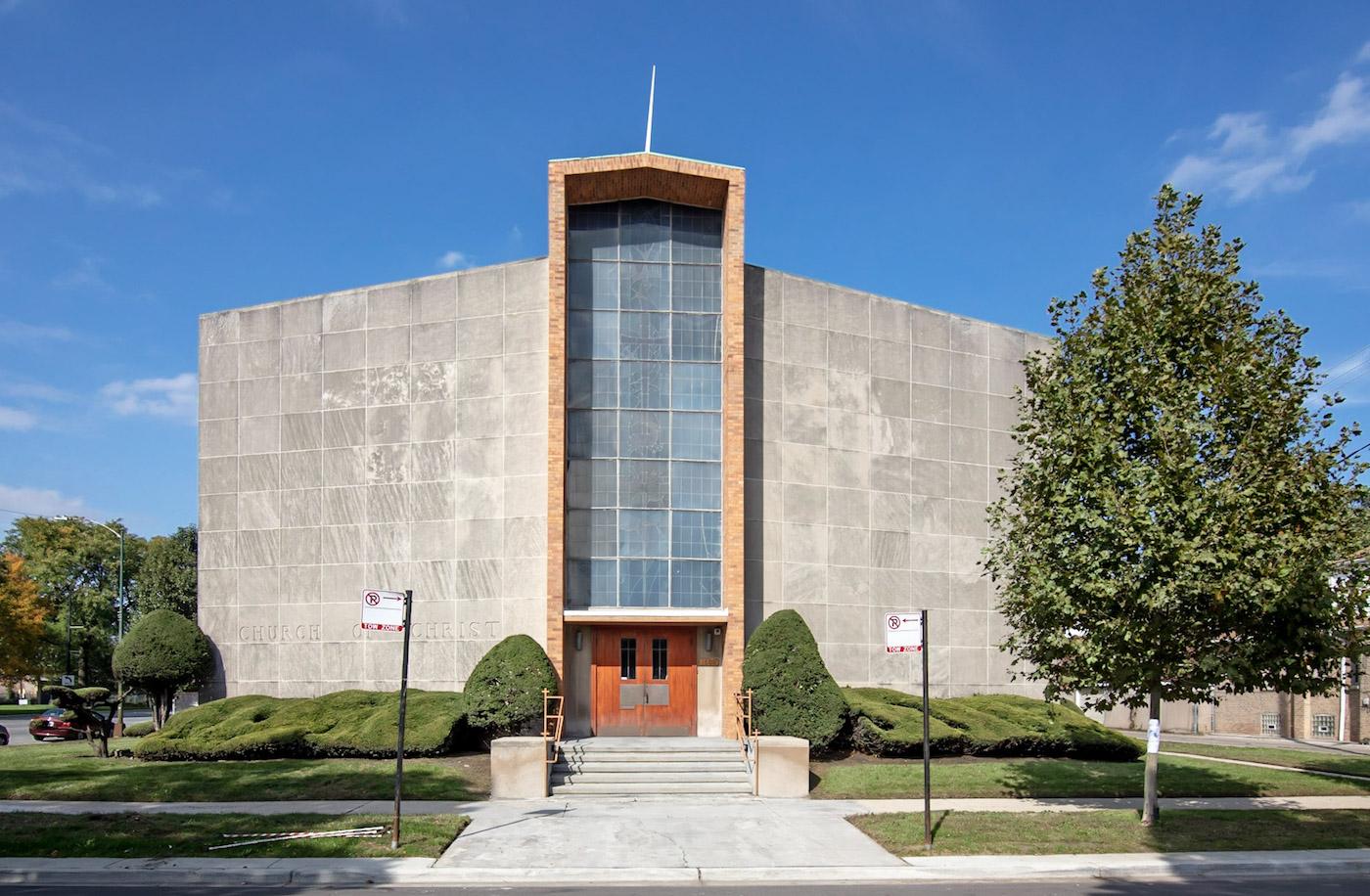 “It’s a modernist interpretation of a church form," says Bey of Stony Island Church of Christ. Photo: Lee Bey
“It’s a modernist interpretation of a church form," says Bey of Stony Island Church of Christ. Photo: Lee Bey
Bey believes the same of the midcentury St. Thomas Episcopal Church in Bronzeville, which he admiringly calls “architecturally funky” in his book. It mixes materials, shapes, and techniques in an intriguingly effective manner.
Stony Island Church of Christ in Avalon Park, designed by Ray Stuermer and completed in 1959, is another unheralded standout, with its bold modernist shape and granite façade bisected by a brick-encased glass entrance. “It’s a modernist interpretation of a church form, in terms of the use of stone and brick,” says Bey. It’s not what you might imagine when you think of a church, but it certainly marks a place, boldly and powerfully.

